The artist’s way: a video call with Takashi Murakami
In an exclusive interview, the Japanese pop art impresario reflects on recent months and creativity in lockdown
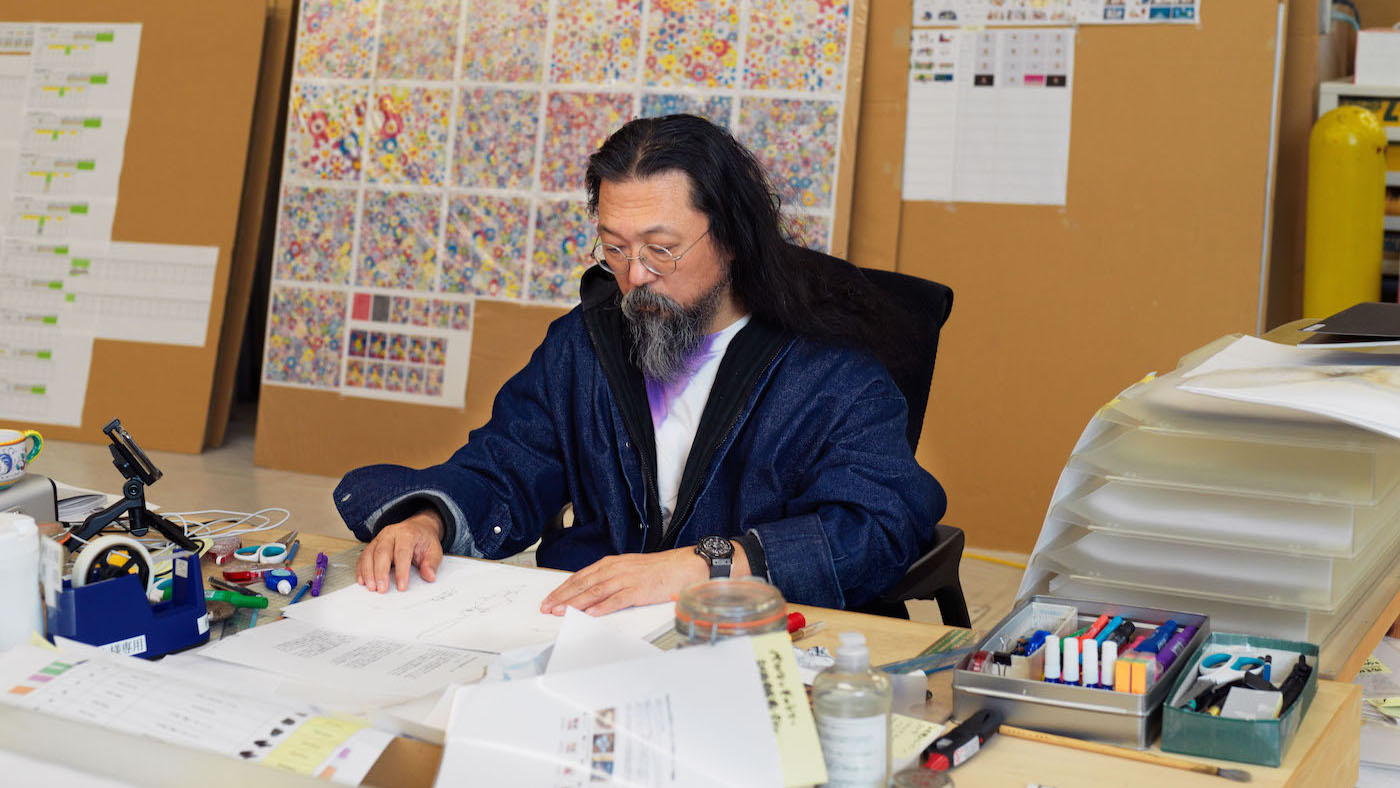
“I am a geek,” says Takashi Murakami. On a video call from his hometown Tokyo, the Japanese contemporary artist is contemplating the impacts of recent global events on his personal life, and on his work. “I stay in my studio all day, all the time,” he says. When worldwide travel bans and local lockdowns forced several of his planned gallery exhibitions to be postponed, Murakami rejoiced in the time this schedule-reordering had suddenly freed up. “This is a very nice change,” he says of the pause to his peripatetic lifestyle. “I stepped back.”
And so, instead of boarding long-haul flights, installing shows or finishing new artworks – Murakami creates across painting, sculpture, prints and film – to itinerary, the artist instead caught up on television. Netflix, Amazon Prime and the Disney Channel, he tells me, are among recent favourites. Gaming, the evolution of virtual reality and everyone spending more time in front of screens at home are all developments that have led Murakami to wonder whether to adapt recent artworks to reflect a new reality. “I want to communicate with people.”
One way Murakami has stayed connected is on Instagram. It was via social media that he discovered the work of emerging artists, and that he shared his own news. It's Murakami’s Instagram posts which reveal that while his schedule cleared up, he continued to create prolifically, and with fervour.
The Week
Escape your echo chamber. Get the facts behind the news, plus analysis from multiple perspectives.

Sign up for The Week's Free Newsletters
From our morning news briefing to a weekly Good News Newsletter, get the best of The Week delivered directly to your inbox.
From our morning news briefing to a weekly Good News Newsletter, get the best of The Week delivered directly to your inbox.
Previously nicknamed “Japan's answer to Andy Warhol”, Murakami and his team – the staff-count at his Kaikai Kiki Co. artist management agency is at 200 – unveiled streetwear designs, a wood-carving executed by Japanese furniture maker Karimoku and a flower-motif cast iron pancake pan. Then, for American rapper Travis Scott, Murakami designed Melted Utopia Dream, a dazzling pendant later cast and set by Manhattan jeweller Eliantte & Co. Next, Murakami’s sketches gave shape to Flower Parent and Child Cookie Can: Cherry-Blossom Viewing, a sweet baked treat released in time to mark the annual horticultural event. The team also continued work on his sophomore film, Jellyfish Eyes Part 2, before announcing the sale 108 of digital NFT works in March.
It all helps to illustrate Murakami’s Superflat. Sharing its title with a 2000 group exhibition of contemporary art that Murakami curated at Los Angeles’ Museum of Contemporary Art, his Superflat theory describes Japanese art history as centred on two-dimensional – and thereby flat – work. This, so Murakami has since impacted contemporary Japanese image-making including manga comics. Superflat is also a comment on the evened societal structure and popular taste of post-war society in Japan. His theory has since been classed a contemporary art movement; it has seen Murakami master work that jumps easily from fine to commercial art, all the while paying little mind to definitions of high or low culture.
Vibrant, joyful and rich in detail, Murakami’s work is peopled by anime-like characters. “I have dozens of characters,” he proffers. “Each of my characters is packed with its own birth story and peculiar logic.” The cast includes Kiki and Kaikai – one pink, the other white and with rabbit-like features – Oval Buddha and a group of particoloured mushrooms. Murakami’s work nods to both the traditions of Japanese art and the island nation’s popular culture; it’s a visually intoxicating blend that has proven catnip to collectors and institutions alike.
The artist’s work has been exhibited globally, with solo shows installed at Moscow’s Garage Museum, several Gagosian galleries, the Mori Art Museum in Tokyo and the Astrup Fearnley Museum of Modern Art (Oslo), among others. In 2009, as his debut career retrospective in France, Murakami dotted paintings and sculptures across 15 rooms of the Palace of Versailles. “I think our job as artists is to always strive to be a punctuation mark in history,” says Murakami. “I think about my artworks’ expiration dates in the span of 100 or 200 years.”
A free daily email with the biggest news stories of the day – and the best features from TheWeek.com
Murakami knows about history-making art. He was born and raised in Japan’s capital city Tokyo; at high school, he became fascinated with anime. “I wanted to go into the animation industry,” he says, recalling dreams of drawing manga characters. Instead, as a student at the Tokyo University of the Arts, Murakami changed tack: he eventually completed a Ph.D. degree in Nihonga, a traditional practice founded in many centuries of Japanese art history. Next, the artist changed direction once more. “This traditional thing; I [had] to bow too much to the teachers,” he says. “I don’t want to do that, I cannot do that.”
Murakami’s next move was inspired by the bold, experimental and outsized work of contemporary American artists arriving in Japan. “Meeting a new painting generation – Julian Schnabel, Anselm Kiefer, Francesco Clemente – opened my eyes. It looked like super freedom,” he enthuses. In 1994, he upped and moved to the USA with help from the Asian Cultural Council; in New York City, he began creating work, supported by the PS1 International Studio Program. Once returned to Tokyo, Murakami set out to fine-tune his proposition.
Murakami has since collaborated widely, putting his spin on Evian bottles, Supreme skateboards and Kanye West's album covers. He has partnered with Japanese fashion make Comme Des Garçons and Parisian heritage maison Louis Vuitton; the latter saw Murakami redress its storied monogram pattern to best-selling success.
Early last year, Murakami touched down in Nyon, Switzerland. Here, to the north-east of Geneva, the artist visited the home of luxury watchmaker Hublot. “I toured the factory and was absolutely, truly blown away,” he remembers. “Seeing how it enfolded both the super high technology and artisan techniques and values.” A partnership between Murakami and Hublot took shape then. “There were virtually no difficulties; it was all excitement,” he says of the project.
In January this year, his Hublot Classic Fusion Takashi Murakami All Black made its debut at the Swiss brand’s Ginza boutique in Tokyo. Limited to 200 pieces, it’s a visually striking wristwatch and one with artistic ambitions: a sizeable 45mm satin-finish polished black ceramic case is matched with a total of 563 pavé-set black diamonds, tracing a flower motif. Says its creator: “People think of the smiling flower when they think of Takashi Murakami, so it was an obvious choice.”
The timepiece, which is fitted with Hublot’s emblematic rubber strap, is also a feat of engineering. Ingeniously, the petals of Murakami’s flower are affixed to a custom-devised ball bearing system. Billed as a rotating décor, it sees flower corolla follow the wearer’s every move. It’s a precious animation. Murakami said: “I was convinced that it would be possible for them to make the kind of watch I envisioned.”
-
 Venezuela’s Trump-shaped power vacuum
Venezuela’s Trump-shaped power vacuumIN THE SPOTLIGHT The American abduction of Venezuelan President Nicolás Maduro has thrust South America’s biggest oil-producing state into uncharted geopolitical waters
-
 Most data centers are being built in the wrong climate
Most data centers are being built in the wrong climateThe explainer Data centers require substantial water and energy. But certain locations are more strained than others, mainly due to rising temperatures.
-
 ‘Maps are the ideal metaphor for our models of what the world might be’
‘Maps are the ideal metaphor for our models of what the world might be’Instant Opinion Opinion, comment and editorials of the day
-
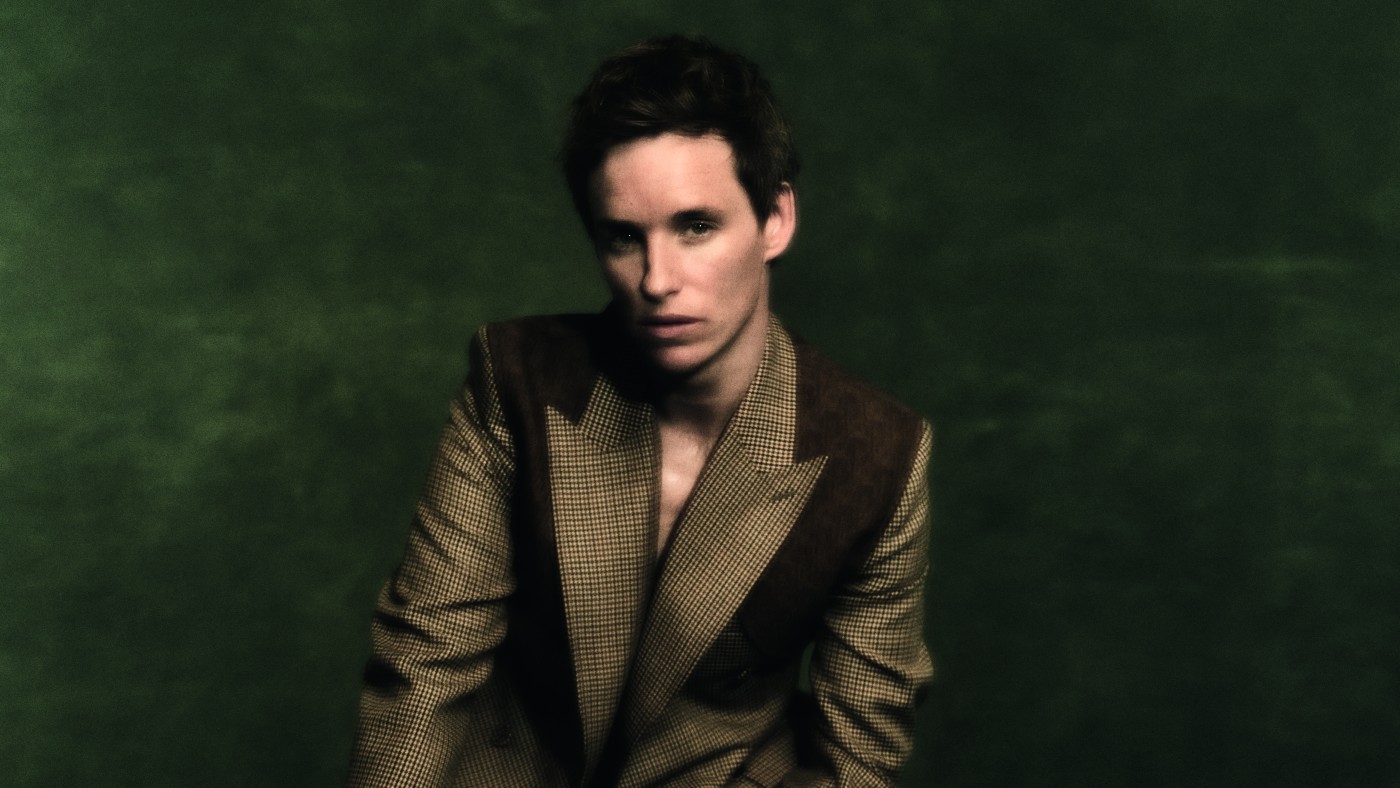 The many faces of Eddie Redmayne
The many faces of Eddie Redmaynefeature Costume is just one of the ways the Oscar-winning actor gets into character
-
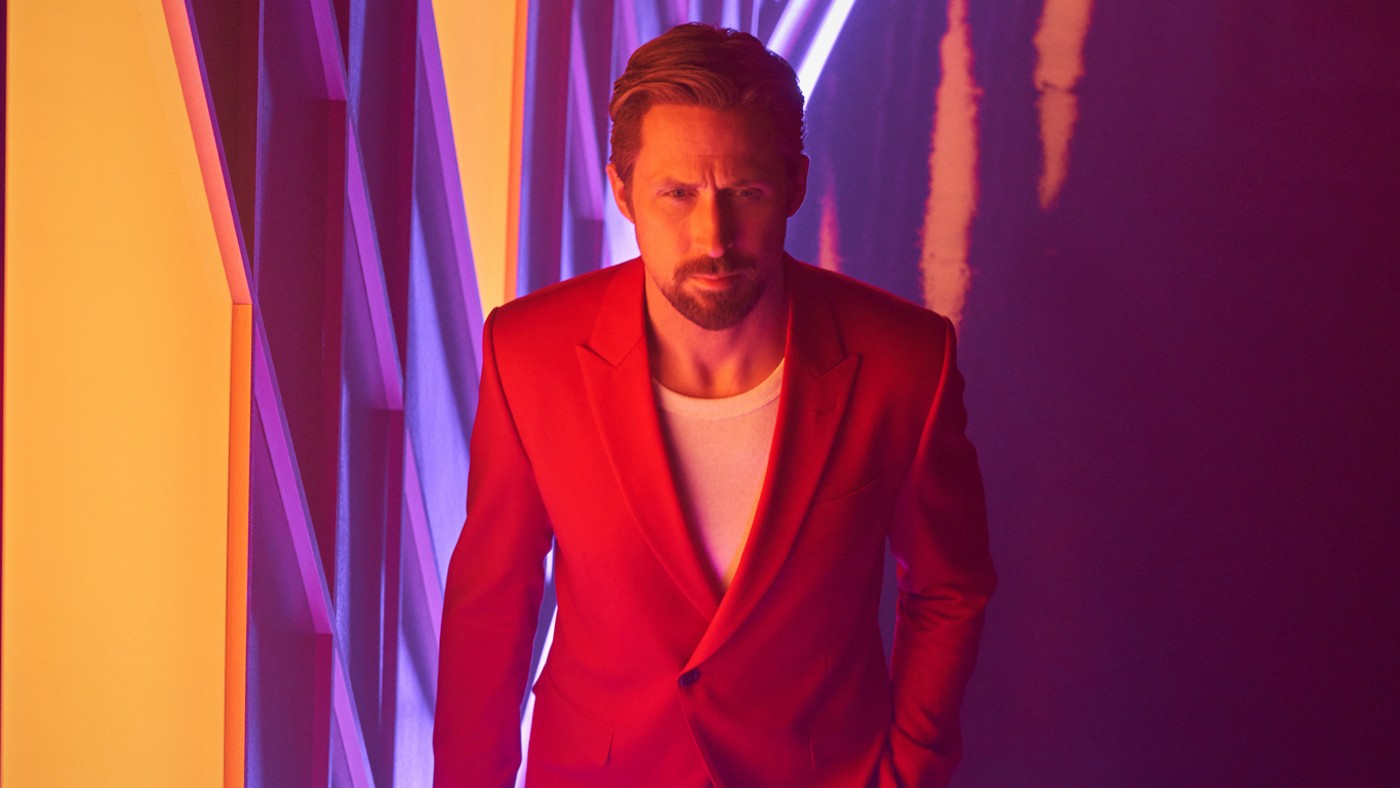 Getting dressed with Ryan Gosling
Getting dressed with Ryan Goslingfeature In an exclusive interview, the Canadian actor talks clothes, costumes and watches
-
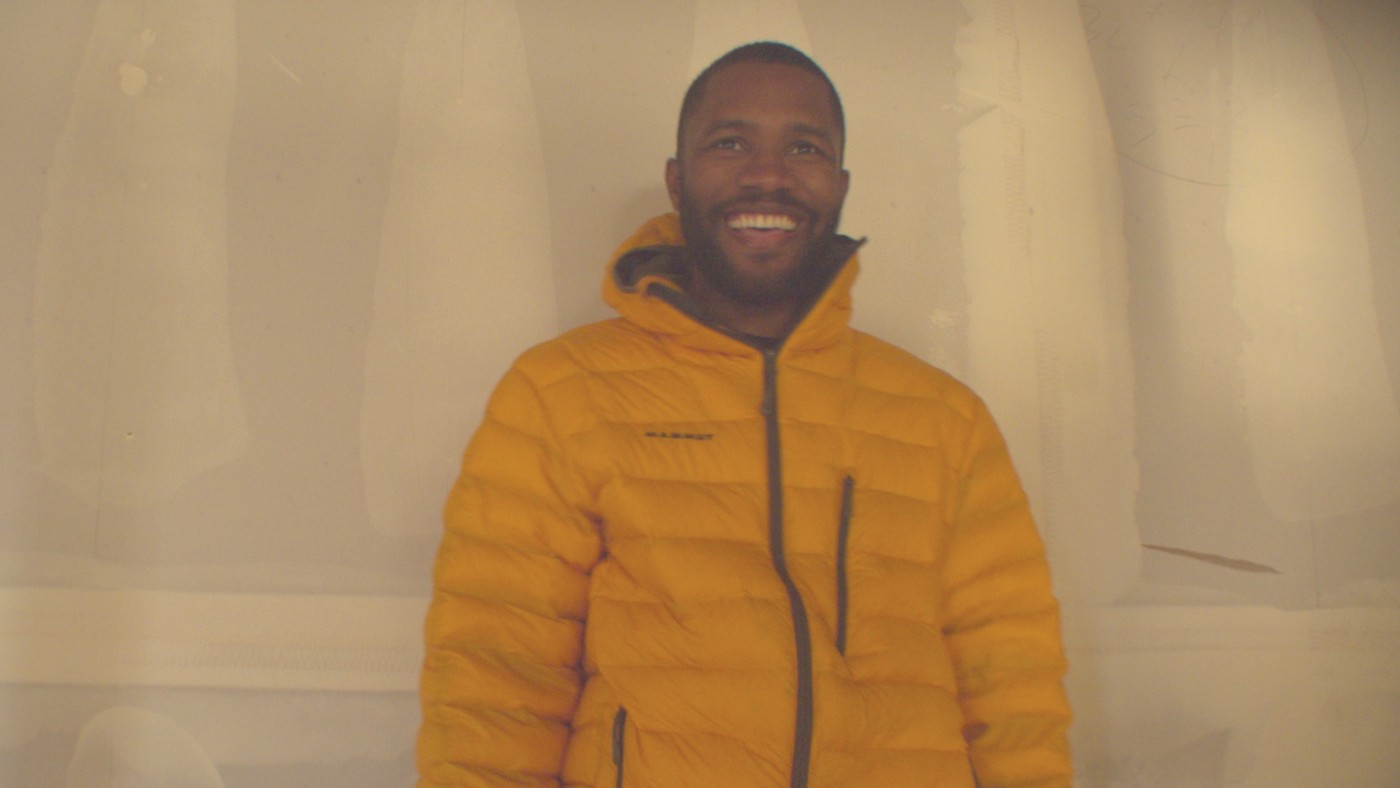 Frank Ocean speaks jewellery: ‘there are few jewellers who look like me’
Frank Ocean speaks jewellery: ‘there are few jewellers who look like me’feature In a rare interview, the American charts the rise of his luxury brand Homer
-
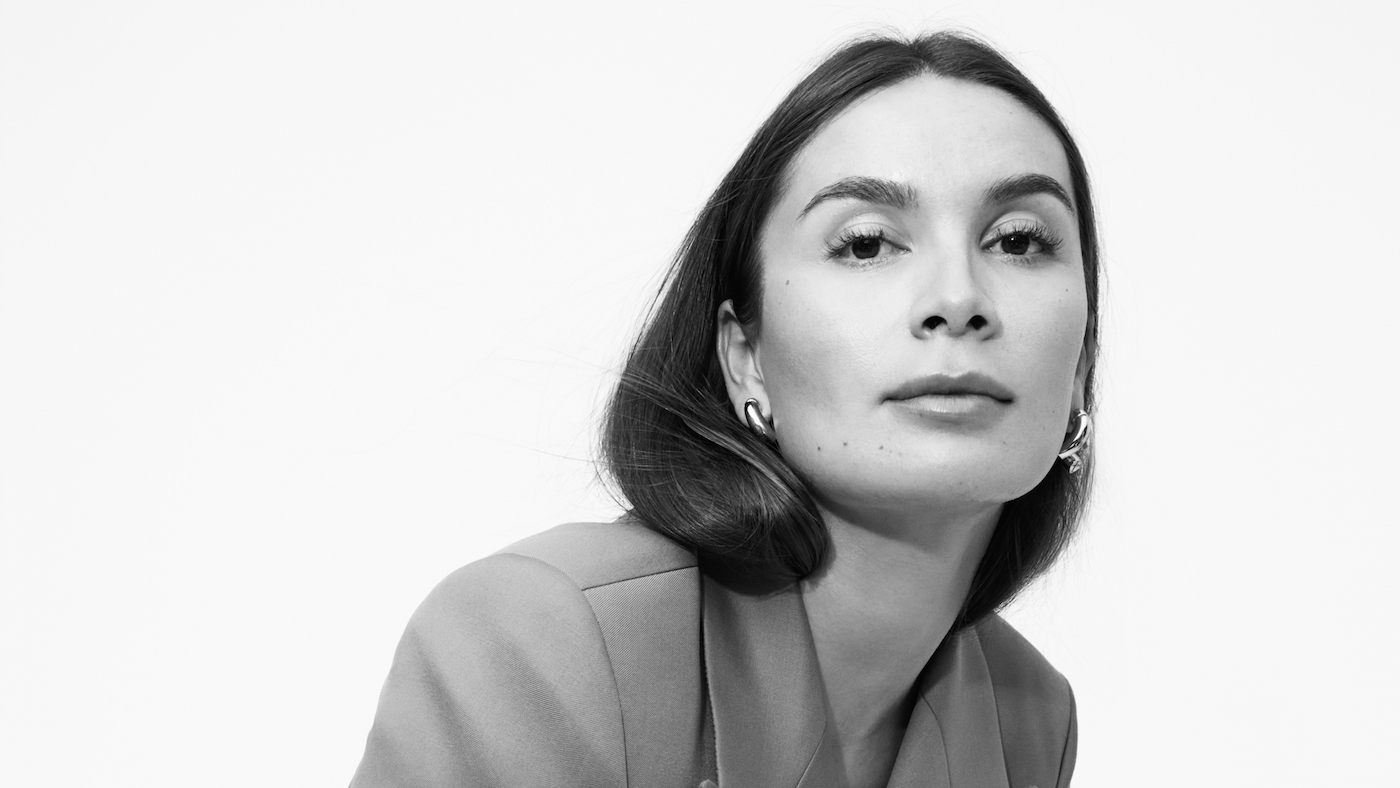 The energising allure of Tabayer jewellery
The energising allure of Tabayer jewelleryfeature Miami-based founder Nigora Tokhtabayeva discusses her talismanic creations
-
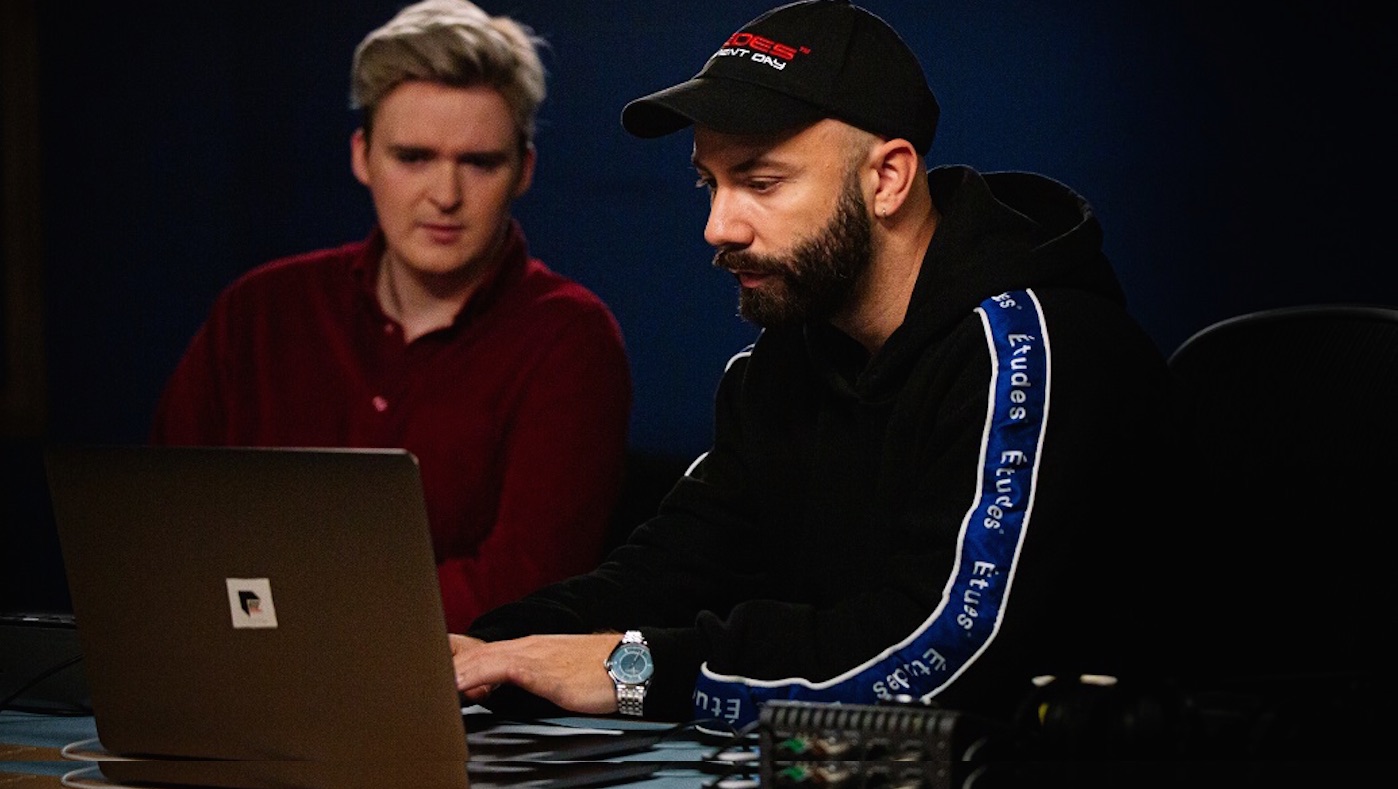 Music for the times: Vacheron Constantin joins forces with Woodkid
Music for the times: Vacheron Constantin joins forces with Woodkidfeature French music star Woodkid talks about a new venture to support young talent
-
 Cece Jewellery: tattoos of a different kind
Cece Jewellery: tattoos of a different kindfeature The 18ct vintage-inspired pieces by British goldsmith, Cece Fein Hughes, are a lesson in symbolism
-
 Jeweller Maria Sole Ferragamo and her soulful SO-LE Studio
Jeweller Maria Sole Ferragamo and her soulful SO-LE Studiofeature Magical designs take shape from unwanted sustainable materials
-
 Brave heart: tracing Louis Vuitton’s biography in gems
Brave heart: tracing Louis Vuitton’s biography in gemsfeature Francesca Amfitheatrof explains her latest muse – Louis Vuitton, himself